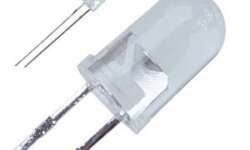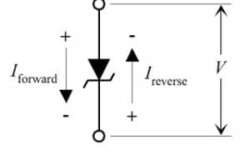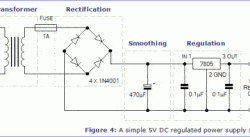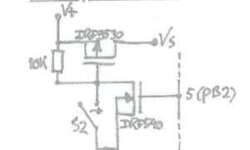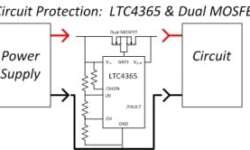Building simple constant current power LED driver

Usually, when we need to drive low power LEDs, we don’t care much about power losses. What we do we add a current limiting resistor, and that’s enough. For instance, for 20mA LED, we choose between 300Ω-1kΩ resistor when powering from 5V. But a different situation is with power LEDs. The currents are much more prominent here, like 1A and more. Adding a resistor to limit the current isn’t an option because power losses become significant. Here you need a constant current driver to drive it safely without wasting energy. It happens that I have Cree XR-E Q5 XLAPM-7090 LED lying around. It requires a 3.7V driving voltage and can take up to 1A current. There are several light intensities given at specific currents:






